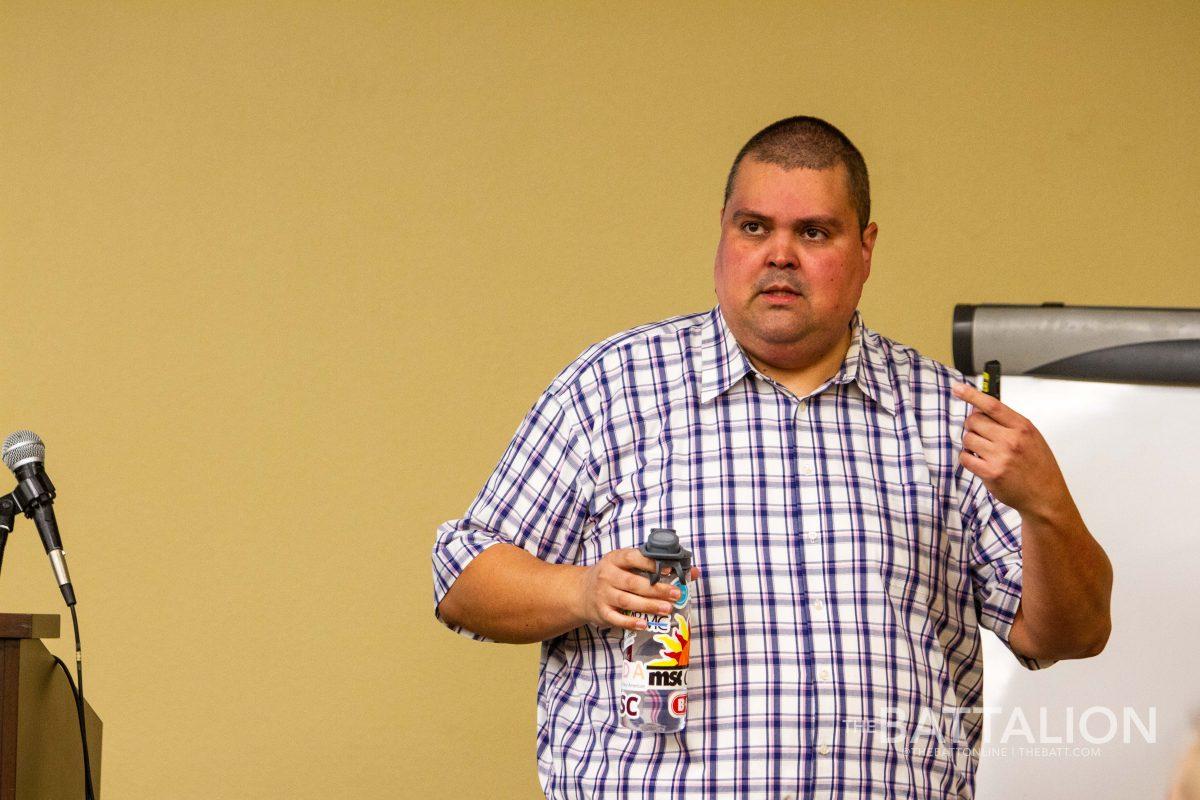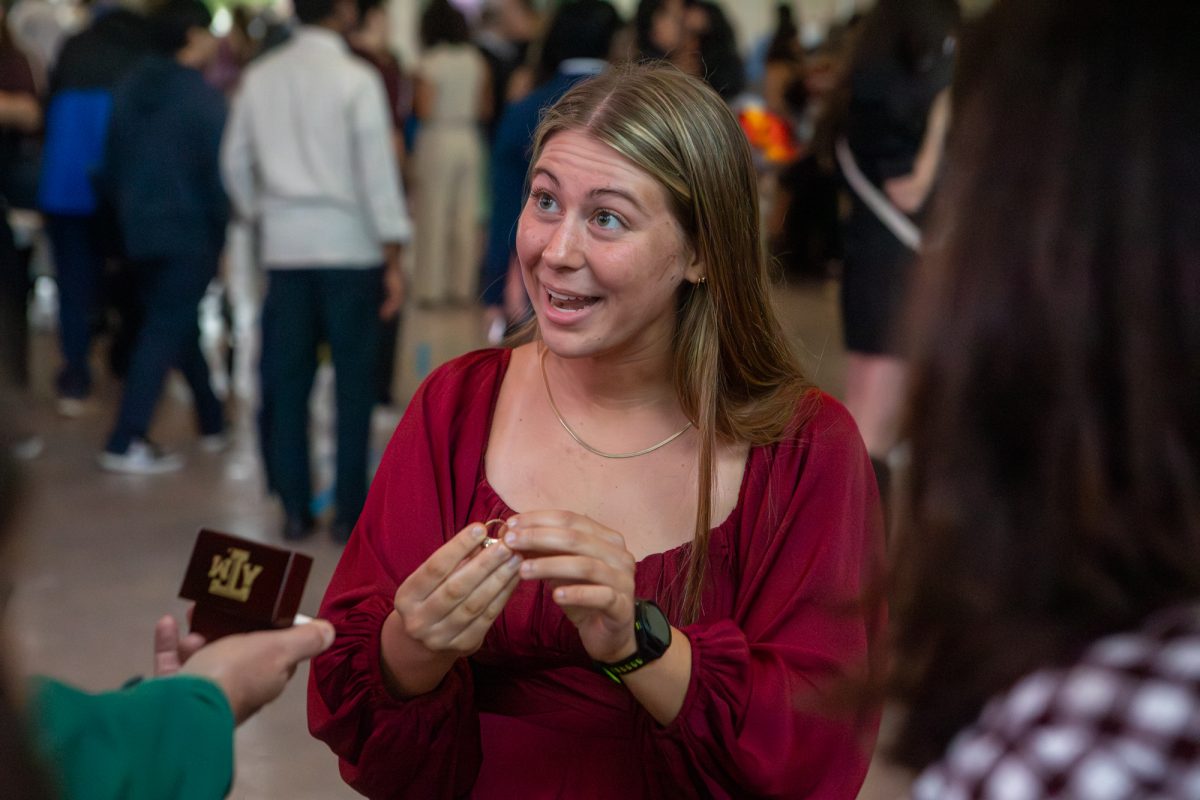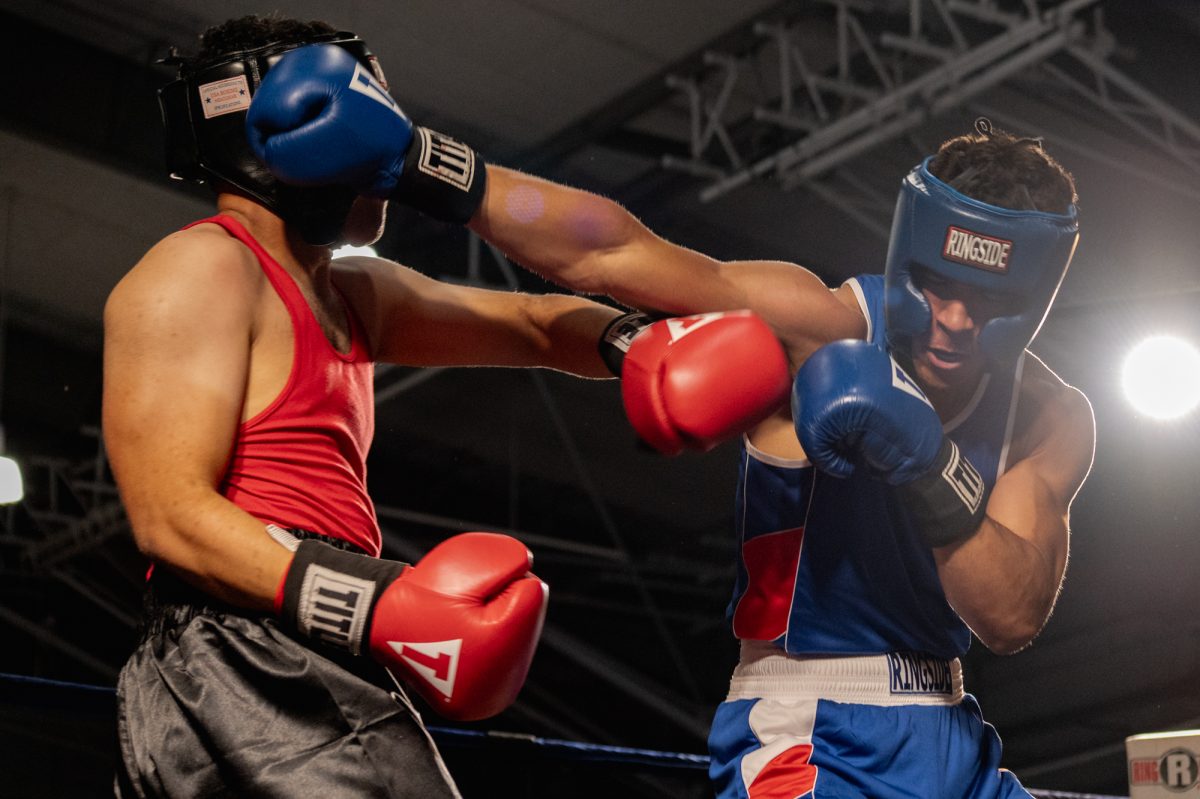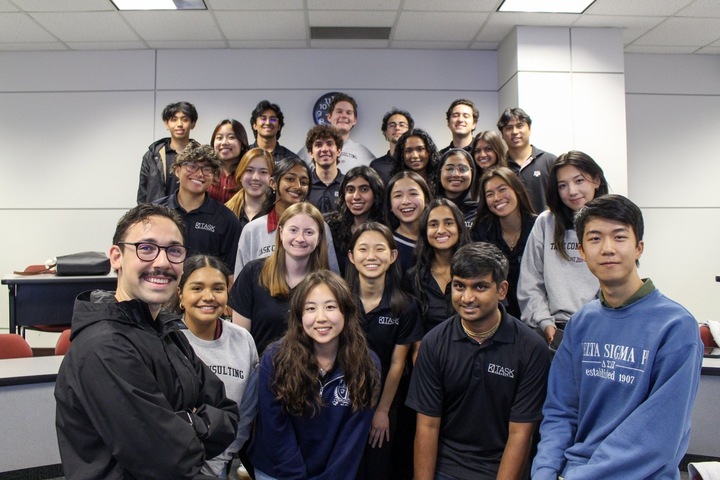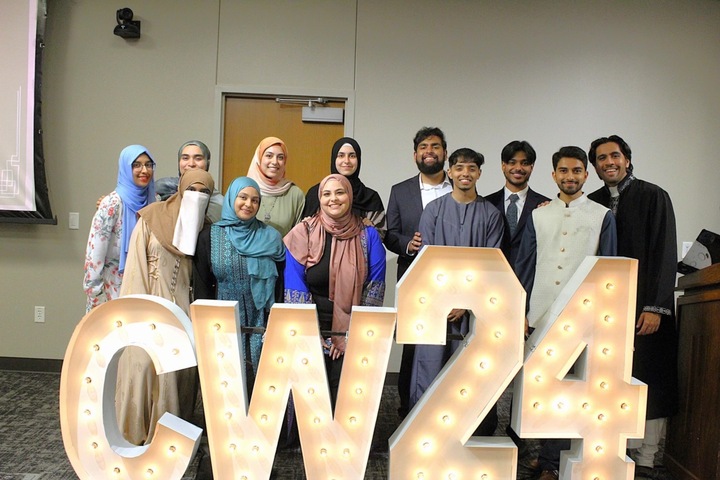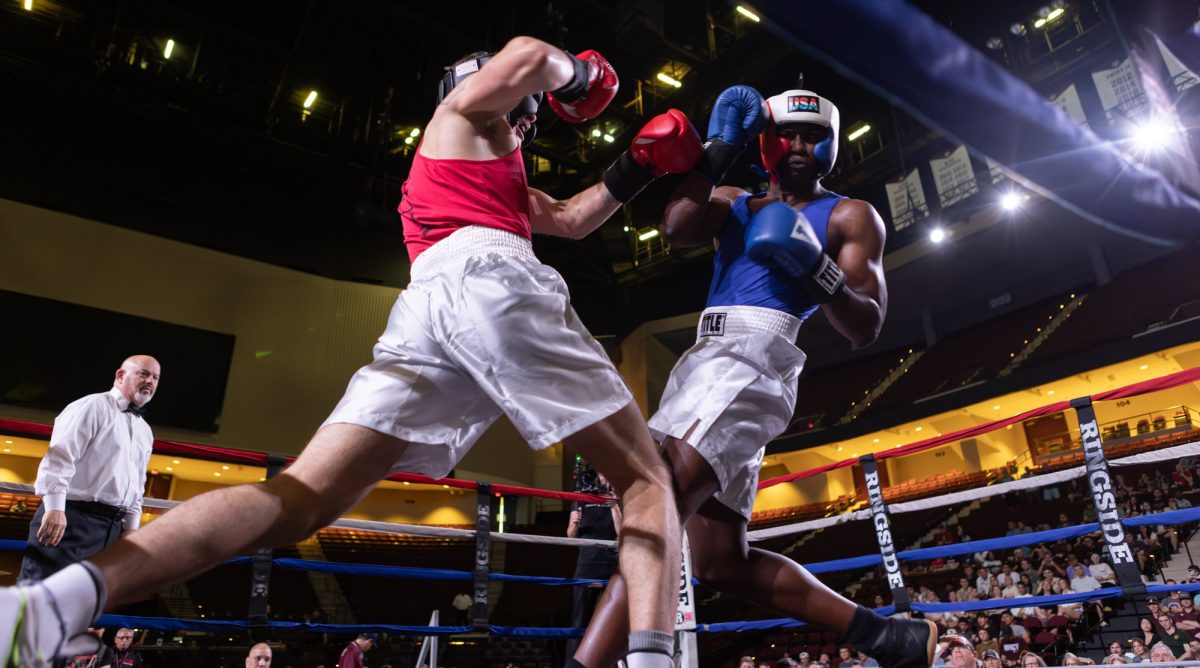As a part of their mission to engage the campus community in discussions about social justice and inequality, the Department of Multicultural Services held “Multiracial (In)Visibility on College Campuses.”
The discussion was part of the Division of Multicultural Services’ CommUnity Conversations series and was held on Tuesday, Jan. 28 in Rudder Tower. This was their first ever talk on multiracial issues.
This discussion was hosted by doctoral candidate and diversity education specialist, Mark Dawson, who addressed the development of society’s recognition of multiracial people.
“I think this presentation is a step in the right direction — it’s allowing the conversation to begin, to open that door,” Dawson said. “You do see evolution over time, especially when looking back into history. It wasn’t until 1990 when individuals were able to select more than one race on a census. As options are opened for people to actually mark multiple races or show what identities they actually identify as, you’re going to see numbers jump of people who actually identify as multiracial.”
During the talk, students got to speak with their peers about their experiences on campus as multiracial individuals. Civil engineering freshman Sophia Rahman came to A&M this semester, and was worried about finding a place and support, especially in a predominantly white university.
“As a mixed person, I’m used to being the only mixed person there, so a lot of the issues around race in my points of view of race aren’t discussed a lot,” Rahman said. “I was scared that issues about race weren’t talked about and that A&M was silent on them but looks like from what I’m seeing, A&M is showing support toward people who identify as non-white. I honestly didn’t expect much because this is a predominantly white university, so having this presentation was extremely helpful, so it shows how A&M is taking the right steps toward supporting students like me.”
As a multiracial person himself, Dawson decided to be a voice for multiracial people, advocating for awareness and community for multiracial people who are often either excluded from monoracial groups or forced to choose one of their racial identities, he said.
“I would definitely say that growing up as a person that identifies as multiracial, I definitely battled with understanding my identity, especially racially,” Dawson said. “Knowing my experience growing up and understanding how great it was for me when I actually found a community and found people who were doing this work, doing this research, and advocating for multiracial individuals, I knew that I needed to advocate, especially at a campus where there are really no programs and things for multiracial individuals.”
Department of Multicultural Services Division of Student Affairs Assistant Director Marisa Suhm arranges all of the CommUnity Conversations and chose Dawson due to his expertise and personal experience in this field.
“CommUnity Conversations is a program where there is a conversation guided by an expert on issues of diversity and inclusion,”Suhm said. “It just happened that we have an expert who had an interest in this topic that we’re interested in and is important to discuss.”
At the talk, Dawson handed out papers describing 10 ways to be a good supporter and ally to multiracial people, including building multicultural and multiracial understanding, and being conscious of remarks, questions, and assumptions that could hurt multiracial individuals.
“I think that having this kind of presentation opens that conversation but allows people to be empowered,” Dawson said. “Like even passing out the blue sheets I have handed out about how to be an ally and how to support gives people who maybe don’t identify as multiracial the tools to be able to support that community.”
According to both Rahman and Dawson, A&M is making progress to accept more diverse groups, but also needs to adjust as the population increases to support this community.
“This is definitely going in the right direction, but this university has been here for a long time and our multiracial population is increasing, so we need to show support for that student population,” Rahman said. “I like these discussions, but we need to have counselors that support multiracial people, more organizations and more presentations from people like [Dawson] who understand the multiracial experience and how it feels because our identity is complicated and it influences a lot of who we are.”
CommUnity Conversations delves into multiracial identities
January 29, 2020
Photo by Photo by Meredith Seaver
The Division of Multicultural Services hosted CommUnity Conversations Jan. 28 featuring speaker Mark Dawson. Dawson, a doctoral candidate and diversity education specialist addressed support for multicultural students.
0
Donate to The Battalion
$2065
$5000
Contributed
Our Goal
Your donation will support the student journalists of Texas A&M University - College Station. Your contribution will allow us to purchase equipment and cover our annual website hosting costs, in addition to paying freelance staffers for their work, travel costs for coverage and more!
More to Discover




